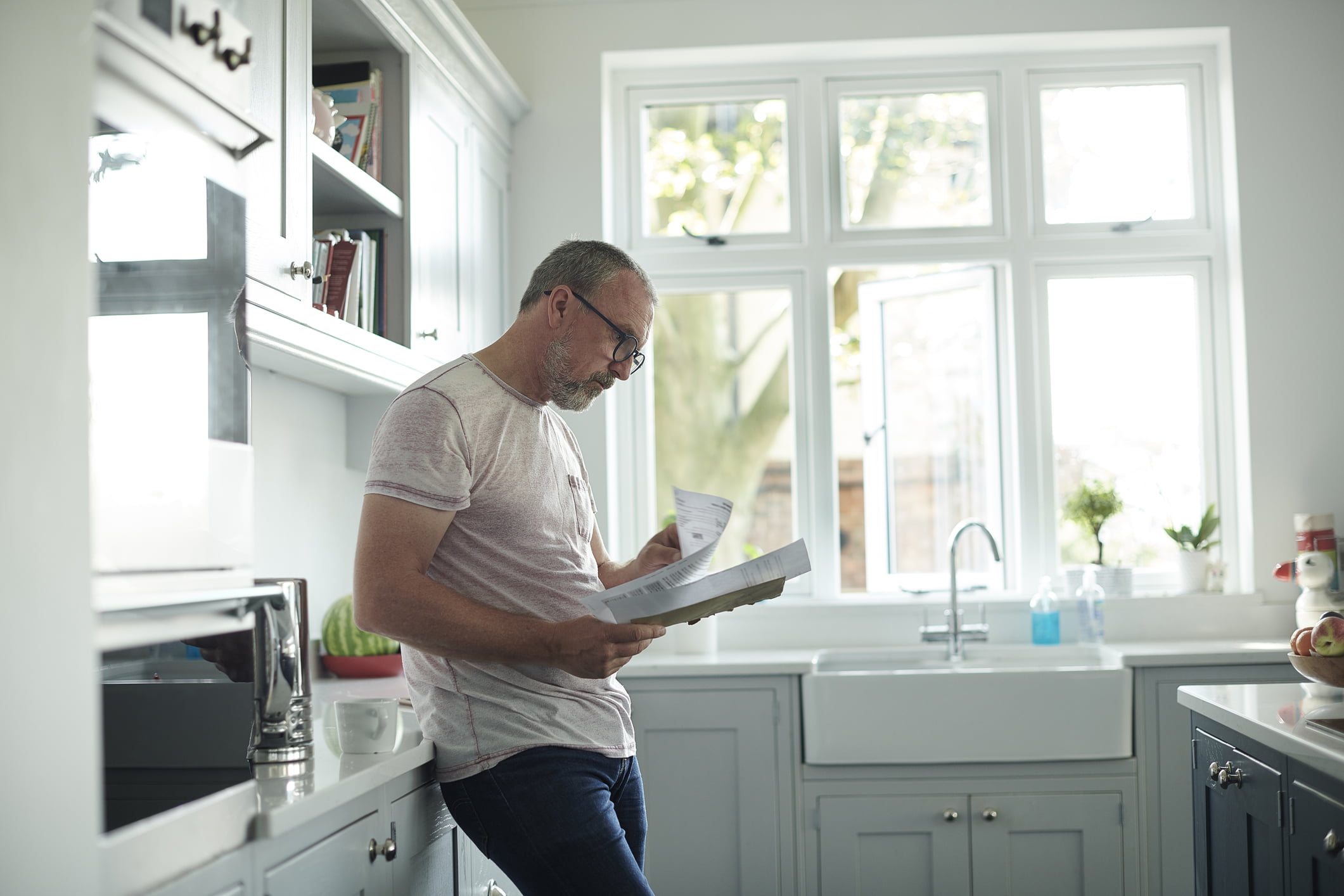If damp problems turn up after you have installed floor, solid wall, cavity wall or roof insulation, there are four likely possibilities:
- There is a new damp problem that occurred around the same time as the insulation as installed, but that’s not actually related to the insulation.
- The house was not suitable for the insulation measure installed (for example, the location was too exposed for standard cavity wall insulation).
- The installation was not carried out correctly (for example, external wall insulation has bridged the damp proof course – a barrier that sits just above ground level to prevent damp rising through your walls).
- There was an existing damp problem, and the insulation has made this more obvious (for example, a gutter was leaking into a cavity, and now cavity wall insulation is allowing that water to reach the inner leaf of the wall).
Most householders won’t be able to diagnose the first two, but you may be able to check for an existing or new damp problem that’s separate to the insulation, if only to rule it out. Common things to look out for are:
- Damaged or blocked gutters.
- Damaged or blocked downpipes.
- Missing slates or tiles.
- Missing or damaged flashing (this is usually made of metal and helps to protect parts of the roof or external walls that are particularly prone to leaks and water damage).
- External ground levels that are now higher than the damp proof course.
- Failing doors or windows.
- Blocked air bricks (these look like regular bricks, but they have holes in them for ventilation), or other ventilation issues.
- Damaged bricks, pointing or render.
- Plumbing leaks.
- Excessive moisture production, such as drying clothes indoors.
If you used a reputable installer, they will have carried out a pre-insulation survey that should have picked up many of these issues at the time. But if any of these have happened since the insulation was fitted, and you own your own home, then it’s up to you to fix the problem.
We’ve got more guidance to damp and condensation solutions, as well as our blog on dealing with damp that could help you.
Once the damp problem is sorted, you may need to get a specialist to check that the insulation is still OK, and that any water that has built up anywhere has the chance to dry out.
However, if you can’t find an obvious cause for the damp problems and you suspect an installation problem, you need to move on to the next step.


